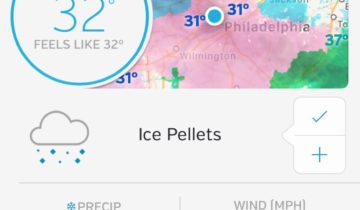It rains in England. Often. Perhaps not as much as is commonly believed, but regularly enough. Where I live, any time it rains, snails come out from wherever they hide and try to cross any stretch of concrete, paving stone or black top that they can find. Stepping outside on the morning after an overnight rain, I always see a handful of snails slowly making their way across the patio outside my kitchen doorway.

This happy little snail blends quite well into its surroundings, set against the leaf-covered payment. This is not the unfortunate snail that features later in the post.
Snails are not fast. In fact, they are quite the opposite. They are very slow. So slow that I’ve never actually seen them move. In one minute they are here, I look away for a bit, perhaps distracted with the morning’s activities and when I look back, the snail has relocated several inches further along. (They’re sort of like construction workers in that respect; we drive by a road-construction site and all the men in orange seem to be standing around. But, sure enough, 6 to 8 weeks later a new road has been laid. Amazing!)
As I rush to get the kids out the door in the morning, there is no sound as awful as the crunching sound a shoe or a bike tire makes when breaking the shell on a poor snail’s back. Oops! I didn’t see it! (Snails are a greyish colour around my house and the wet pavement often is the same shade.) Oh no, I’ve just crushed a little snail to death. I’m sorry little snail! Why did you try to cross such a big stretch of patio? I didn’t mean to step on you; I just didn’t see you!
Maybe it’s like birds who get hit by cars. Birds can fly hundreds of feet up in the air, maybe even thousands of feet up. Yet why do they swoop down low in front of fast-moving cars? Too lazy to flap their wings to a higher-height? Insufficiently intelligent to realise the dangers in flying low over busy motorways?
Over the weekend, I saw part of a documentary on the great migrations of wildebeest through Kenya. As this enormous herd of hundreds of thousands crossed a fast-flowing, alligator infested, steep-banked river, hundreds of the animals died in the process. According to the show’s presenter, somewhere in the region of 400 creatures perished (swept down-river by the fast current, attacked and eaten by alligators as they swam, or trampled to death in the rush to get out of the water as quickly as possible) in that single river-crossing. Surely the animals would be smart enough to investigate an alternative location for fording?




